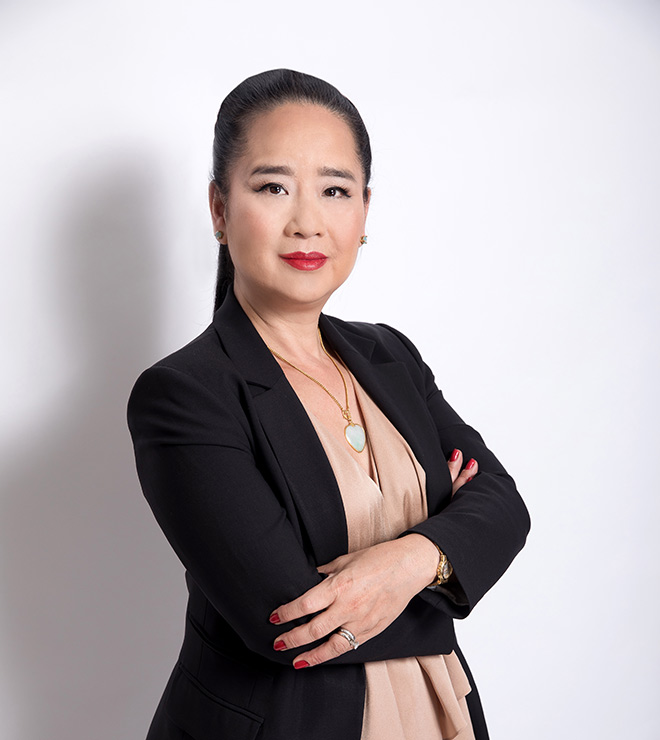Workplace Investigations at HUM
When an investigation is found to be the best course, we tailor a process that reflects the culture of your organization while maximizing our efficiency in gathering facts. We work as quickly as possible, applying discretion and sensitivity to get to the root of the matter. Confidentiality and the individual’s right to privacy are respected throughout the process. By establishing and maintaining a sense of calm, we help minimize disruption of day-to-day operations.
Most employers will, at some point during the lifetime of their business, have to deal with a workplace incident that results in a harassment or discrimination complaint. Although you can always hope no such incidents occur, you should be prepared to deal with them if they do. In some instances, this may require a workplace investigation.
The challenge for many employers is that it can be hard to know where to start.
Creating a solid foundation
A crucial first step for dealing with workplace harassment, which includes sexual harassment and violence, is to develop, post, regularly update, and reinforce anti-harassment policies that comply with Ontario’s Occupational Health and Safety Act (“OHSA”). The OHSA requires employers to develop written workplace violence and harassment policies, and then review and update them yearly. Every workplace harassment policy should feature the following:
- Clearly articulated definitions of discrimination and harassment that align with the Code and OHSA;
- Measures and procedures that enable employees to make complaints without fear of reprisal;
- A procedure for how the employer will address and investigate incidents and complaints of workplace harassment and discrimination.
Regarding discriminatory harassment and discrimination, Ontario’s Human Rights Code (“Code”) recommends discrimination and harassment policies, which cover discrimination or harassment that occurs in the workplace, based on any of the prohibited grounds, such as Age, Gender, Race, Colour, Ancestry, Creed (religion), Ethnic Origin, Citizenship, Sex (including pregnancy, gender identity), Sexual Orientation, marital Status, Disability, Receipt of Public Assistance or Family Status. Developing workplace harassment policies, including Code-based discrimination or harassment, ensures you satisfy your statutory obligations pursuant to the OHSA and Code.
If you do not already have workplace harassment policies in place, you have contravened the OHSA, and should immediately rectify the breach. Contacting an experienced employment lawyer can begin this process.
Before commencing a costly investigation, consider mediation
Mediation can be a cost effective and efficient method to resolve a dispute in instances where the allegations are not serious and do not trigger an obligation to investigate. For example, in a situation where there is a workplace conflict, but harassment that meets the OHSA definition has not been alleged. There are numerous benefits to mediation, such as:
- Early mediation can prevent workplace conflicts from escalating into more serious instances of workplace harassment or discrimination;
- Mediation is less costly and more time efficient than a workplace investigation;
- Mediation is less disruptive to the workplace; and
- Mediation can lead to reconciliation between the parties and a mutually agreeable outcome.
The Investigator
If mediation is not an option, your first step is to consider what kind of investigation is appropriate for the situation. Investigations are costly if you need to hire an external investigator, and not every situation warrants it. However, if you err and conduct an internal investigation with inexperienced staff, or staff that may have or be perceived to have a bias, there could also be costly consequences. If the situation involves senior management, or there are complex allegations, you should find an experienced external workplace investigator. Where you might also need a legal opinion along with the investigation and findings, you should seek out a lawyer with investigation experience.
Whether you choose to an internal or external investigator, bear in mind that the ideal investigator is familiar with OHSA, as well as the Code where discrimination is also alleged, and should also be familiar with workplace law and the employer’s policies and practices.
Dealing with the results of an investigation
The investigator will provide you with a report on the findings and recommendations of the investigation. In some instances, you may ask the investigator for a legal opinion to accompany the report. If you do, you must hire a lawyer with workplace investigation experience.
Depending on the results of the investigation, you may be required to take action. For example, if the investigator concludes that harassment or discrimination did, in fact, occur, you could be required to take disciplinary measures against the respondent, up to and including termination for cause in serious situations.
If you are dealing with a workplace conflict and you are not sure how to proceed, Hum Law Firm can help you navigate your current situation. Contact us today at (416)214-2329 or info@thehumlawfirm.ca to speak with an expert about the most efficient and cost-effective approach to deal with your situation.
Lai-King Hum
Founder of Hum Law, Lai-King Hum is known for expertise in all areas of workplace law. Her practice encompasses employment law, human rights, professional regulation, mediation and litigation. Lai opened her Toronto-based employment law and human rights firm in 2014, having established herself as a leading employment law practitioner at top-tier national firms in Ontario and Quebec.
Lai advises and represents Canadian and U.S.- and China-based businesses, non-profit organizations, entrepreneurs and individuals in a range of matters in jurisdictions across Canada. She offers legal services in English and French to clients in manufacturing, education, healthcare and financial / banking services. Licensed by both the Ontario Bar and the Quebec Bar, Lai has appeared before various levels of court and tribunals. She is a member of ADR Institute of Ontario, and conducts workplace investigations as well as mediations.
Before embarking on a full-scale investigation, Lai first ensures that the client has explored and exhausted all avenues for resolution. She is experienced in resolving internal workplace matters relating to harassment or discrimination, either through investigations or as a workplace mediator.
As a mediator in workplace matters, Lai tailors her approach to the circumstances at-hand, but leans towards an evaluative mediation practice model, rooted in her knowledge of the law.


